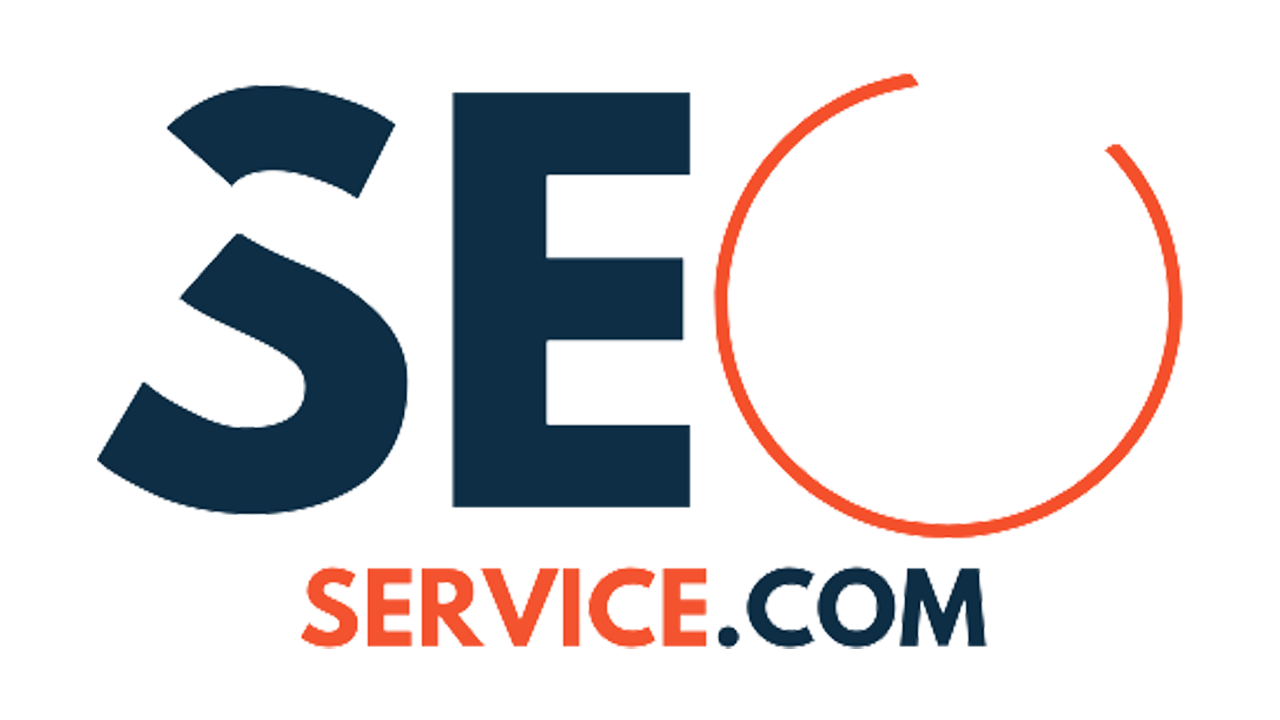User demands have changed with all the developments and innovations that we’ve seen over the past decade. Every website must have user-friendly web design and employ the best SEO tactics at all times to succeed. If you want prospective viewers to find you, your site must be easy to find and use. Given all the competition you’re up against, basic usability is a non-negotiable.
To demonstrate the importance of user-friendliness, pay attention to this statistic: a delay of a single second in your load time can cause conversions to drop an average of 7%.
The Best SEO Practices Today
User-friendliness is key to search engine optimization. This means that if you keep your user in mind and optimize your site for them, your rankings will improve as well. However, the SEO industry has evolved just as quickly and just as often as technology has. Today’s practices are completely different from those of last year, two years ago, and ten years ago. Nowadays, search engine optimization includes the boosting of page speeds as part of its umbrella of disciplines, especially since Google itself takes measure of this as part of ranking protocols.
Understanding these protocols can be complicated, but here is a breakdown of terms and concepts they use to determine the ranking of websites:
- Server response or Time to First Byte. This is the amount of time it takes for a server to respond to a request for the page.
- First contentful paint. This is the measure when the first content begins to appear on your websites, such as images or paint.
- First meaningful paint. The first meaningful paint is the measure of how long the content takes to appear on screen. It is, essentially, a metric that takes the user experience into account.
- Speed index. This is the average amount of time it takes the visual aspects of your website to display.
- First CPU idle. This is the amount of time it takes to get to the moment when people can interact with the web page.
- Time to Interactive. This is the amount of time it takes for a page to be fully interactive. Essentially, it describes when the page is fully loaded.
- Max potential first input delay. This is the measure of the worst input delay that users might experience.
SEO Trends
SEO and user habits now go hand in hand, affecting and influencing each other in a cyclical relationship. More and more technologies are being developed daily, and companies like Google are leading the charge in the best SEO practices.
For example, Voice SEO is now another thing web designers and SEO experts must contend with. As the popularity of digital assistants like Google Home, Alexa, and Siri takes hold in many users, more and more complex inquiries are being posed. People who use digital assistants tend to ask in complete sentences of up to 29 words per inquiry, increasing the effectiveness of long-tail keywords.
One thing that Google has been moving forward from, however, is the measurement of keyword repetition. Using machine learning and other artificial intelligence techniques, Google is seeking to make search results far more comprehensive. Essentially, search engines are seeking to provide answers to questions more than just matching what you typed in your search bar to results that are possibly related.
Final Thoughts
SEO is constantly evolving and will continue to evolve as user habits change and technologies are developed. As such, it is important to keep abreast of all these trends in web design to ensure the effectiveness of your final product. It is a complicated proposition, but it is a worthwhile endeavor, nonetheless.
If you’re looking for experts who have a strong grasp of the best SEO practices, send us at Best SEO a message. We can audit your website for free and help you tweak and adjust it for that competitive advantage in your industry.
